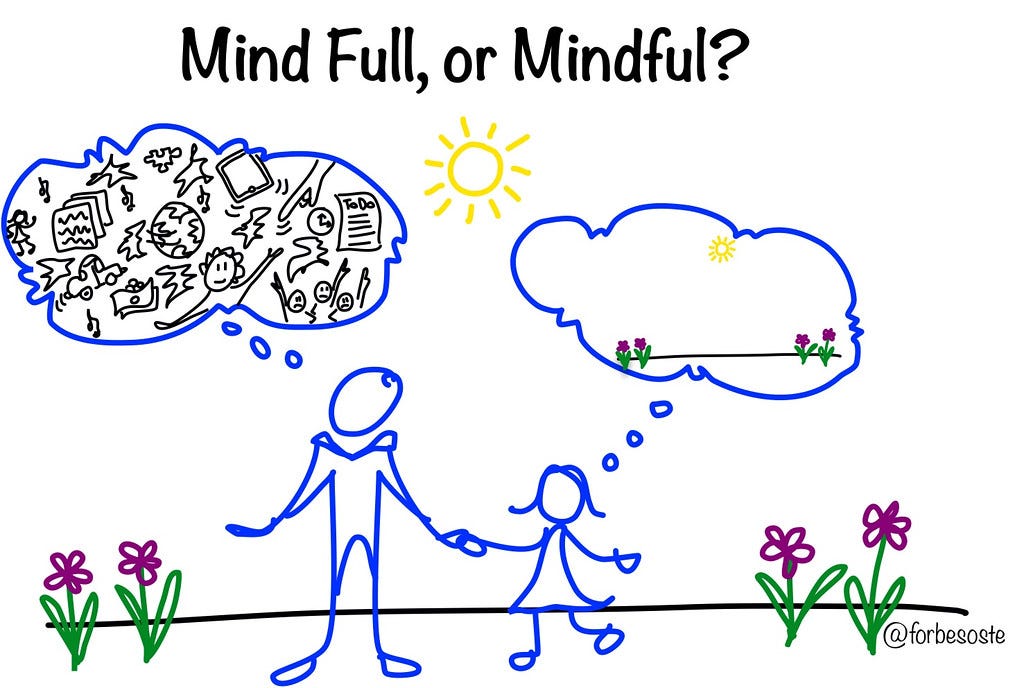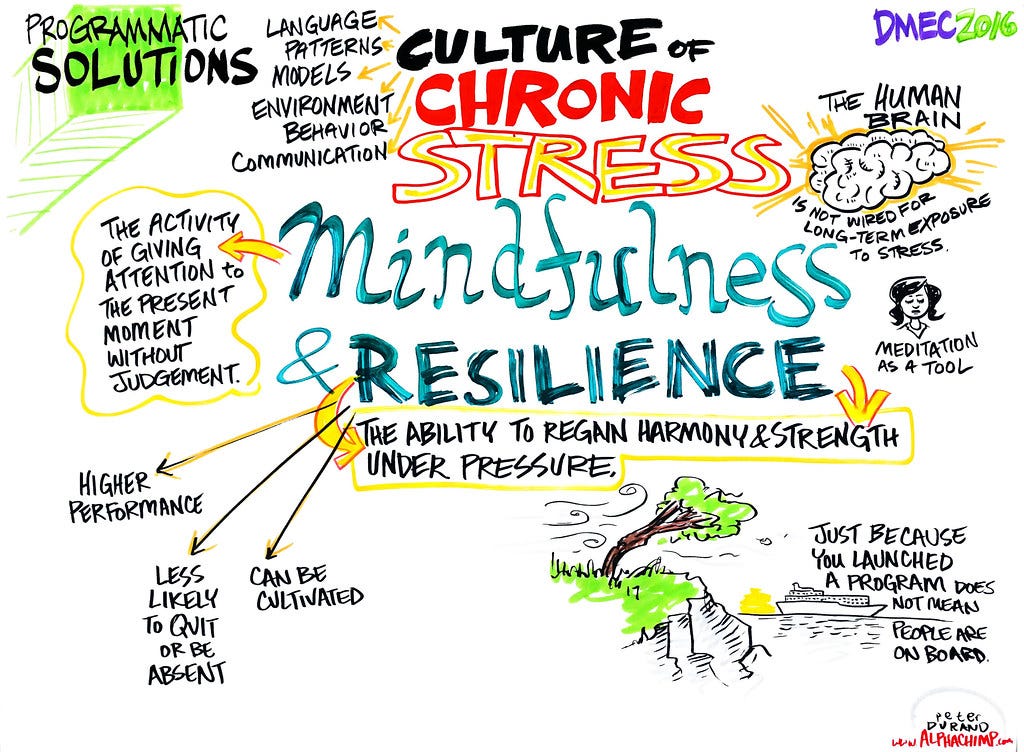Mindfulness for Young People
A path to calm and clarity
Mindfulness is discussed quite a lot these days. What does it really mean though? And what does it mean for young people? It’s more than gentle sounds and closing your eyes. We can use it anywhere. In a world filled with constant distractions and pressures, mindfulness offers a valuable tool for navigating the ups and downs of life.
What is Mindfulness?
Very simply, mindfulness is simply paying attention to the present moment without judgment. It's about being aware of our thoughts, feelings, and sensations without getting caught up in them. This might sound simple, but being able to practice it is transformation. Imagine the shift in mindset when you move from “my thoughts cause my feelings and my actions” and “I am the author of my thoughts”. That being said, what are the benefits of mindfulness for young people? Well, they are vast and varied:
Stress Reduction: Mindfulness can help manage stress and anxiety by promoting relaxation and self-awareness.
Improved Focus and Concentration: Regular mindfulness practice can enhance focus, attention, and academic performance.
Emotional Regulation: Mindfulness can help young people understand and manage their emotions in a healthy way.
Increased Self-Compassion: Mindfulness can foster self-acceptance and a kinder inner dialogue.
Better Sleep: Mindfulness exercises before bedtime can help quiet the mind and promote restful sleep.
How Can Young People Practice Mindfulness?
Mindfulness is a skill that can be developed through practice. Here are some simple ways young people can incorporate mindfulness into their lives:
Mindful Breathing: Sit comfortably, close your eyes (or soften your gaze—that means try not and stare ahead!), and focus on the natural flow of your breath. Notice the rise and fall of your chest or the sensation of air passing through your nostrils. If you want to switch it up, there are different ways of doing it. Have a look at this great resource provided by the former Cumbria County Council.
Body Scan Meditation: You can start by laying down, or by sitting comfortably. After this, bring your attention to each part of your body, starting with your toes and working your way up to your head. Notice any sensations without judgment. If anything relaxes, notice that too. How does your body feel normally? Can you incorporate this insight into how they carry themselves normally?
Mindful Eating: Pay attention to the taste, texture, and smell of your food. Eat slowly and enjoy each bite. If you normally eat fast, be curious about why this is, and whether that is a feature of every part of their lives.
Mindful Walking: As you walk, focus on the sensation of your feet on the ground, the movement of your body, and the sights and sounds around you.
Mindfulness Apps and Resources: There are many apps and websites with guided meditations and mindfulness exercises designed specifically for young people. A really good one is Experiment With Light—a quasi-spiritual practice, that can be used with or without music in the background, that also encourages creativity. Most EWL practices will end with the person who has been meditating spending five minutes or so drawing what they saw during their meditation. The time you spend in each stage can be adjusted for age, and the wording can be tweaked for understanding.
Tips for Parents and Educators
If you're a parent or educator, you can help young people discover the benefits of mindfulness:
Introduce Mindfulness Gently: Start with short practices and make it fun and engaging. Young adults might meditate for longer periods of time, but for a younger people and children, you might want to think about tapering upwards to no more than thirty minutes.
Lead by Example: Show young people how you use mindfulness in your own life. This might be something that you try and do together. Parent-Child meditation is a great way of modelling mindful practices for young people, so they can learn alongside you.
Create a Supportive Environment: Encourage a safe space where young people can explore their thoughts and feelings. If the young person you are working with is new to mindfulness, encourage them to share with you what they are struggling with, and be collaborative in finding solutions for them, and also reminding them why they are trying this—whatever that reason was.
Be Patient and Understanding: Mindfulness takes time and practice to develop. Be encouraging and supportive of their efforts. It is nothing something most of us practice habitually, it might take a while to get ‘good’ at it.
Can you help me?
Absolutely! I have a number of clients that I have supported on mindfulness journeys, helping them to learn to be present with their own thoughts. It often works astonishingly well if a young person can commit to it. Realising that we create our reality, rather than being subjected to it, can create an entire mindset shift.
Please get in touch:
Final thoughts
Ultimately, mindfulness is not about clearing your mind or achieving a state of perfect bliss. It's about being present with whatever is happening in the moment. Hopefully, to approach our own thoughts, feelings, surroundings with kindness and acceptance.
By exploring this, young people can learn valuable skills for managing stress, regulating emotions, and cultivating a greater sense of well-being. It's a gift that can last a lifetime.
Did you like this post? Think you have a friend who might want to read it?
Make sure you don’t miss any of my other posts:




